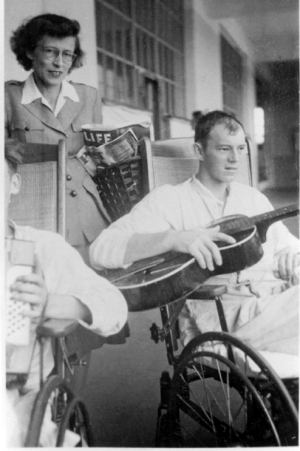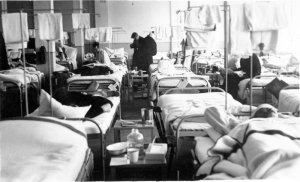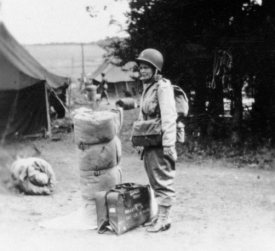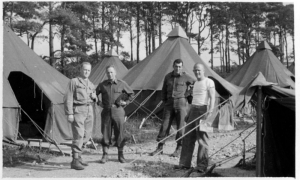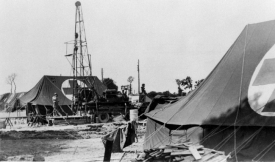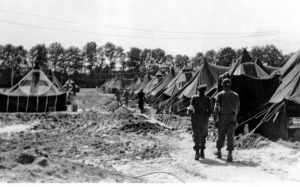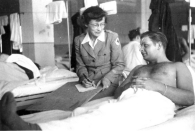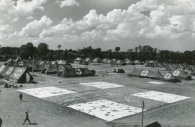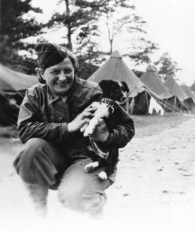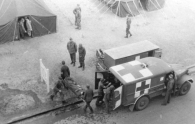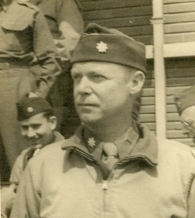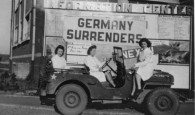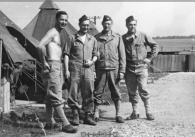UC medical personnel organized and staffed a major European hospital during World War II
During the summer of 1941, before America entered World War II, the U.S. Army asked the University of Cincinnati to organize the 25th General Hospital as a major medical facility in the European theater. Staffing the hospital were 57 medical officers and 85 nurses, mostly affiliated with UC and Cincinnati General Hospital (now UC Health University Hospital), as well as 500 enlisted personnel, all of whom served with distinction in England, France and Belgium until the end of the war.
At issue was an urgent need for doctors to serve in the armed forces while leaving enough physicians at home to care for civilians. In 1940, for instance, the Navy and Army had only 2,386 medical officers. By the time of the Pearl Harbor attack in December 1941, that number had increased to 13,000, and one year later, it had more than tripled to almost 42,000.
In June 1943, the 25th was ordered into active military duty, with officers and enlisted personnel receiving training at Fort Knox, Ky., where they learned to set up and operate a general hospital under field conditions. In December, the unit embarked for the European Theater of Operations, arriving first in Scotland, then moving by rail to Stockbridge, England, its initial site of operations.
There, the unit occupied a hospital that the British had supplied to the U.S. in preparation for the worst possible German air blitz. Anticipating large numbers of casualties, the staff of the 25th conducted experiments constructing tented and semi-permanent hospitals.
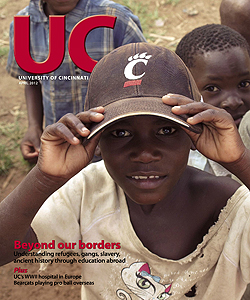
 Past Issues
Past Issues